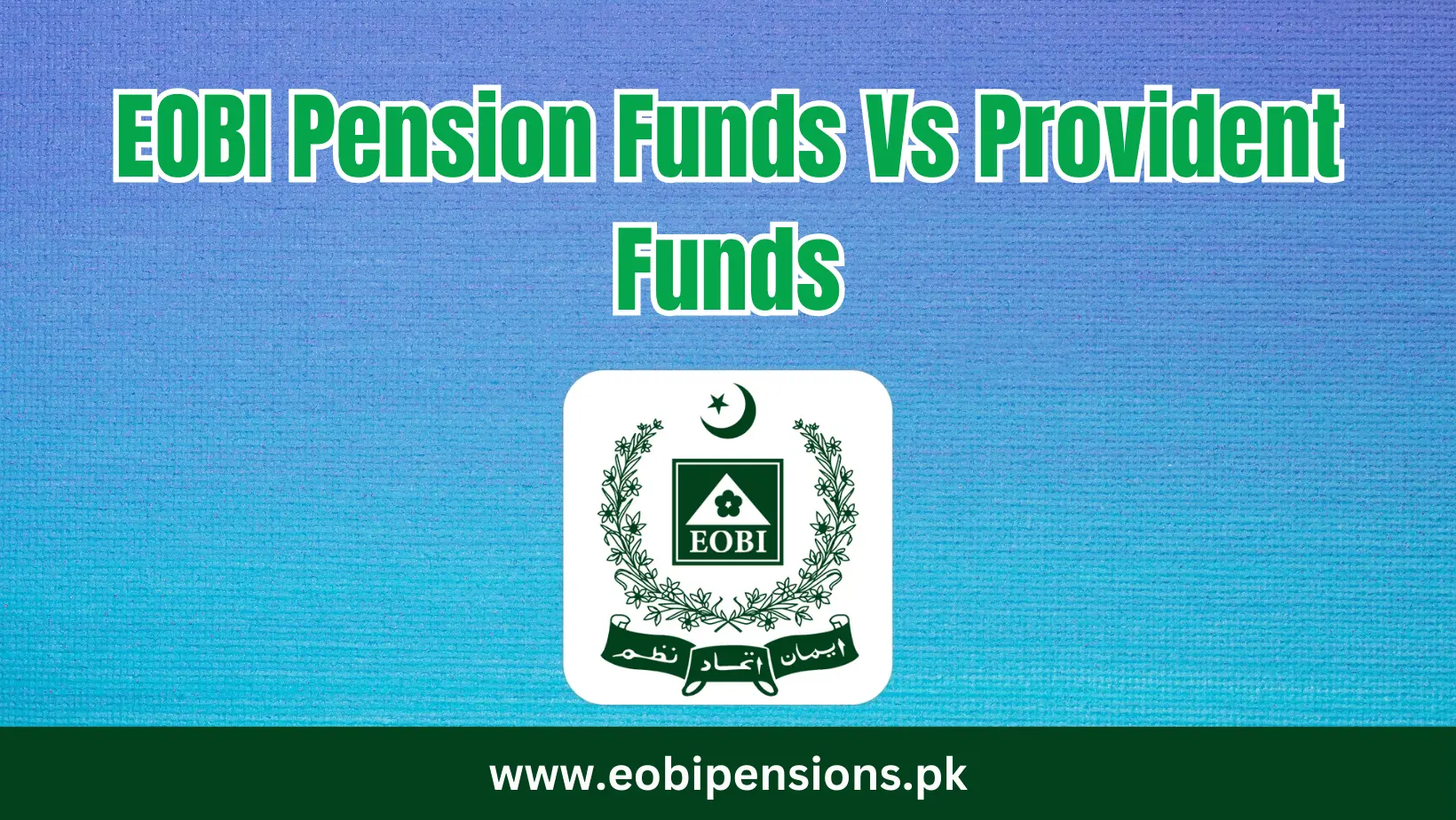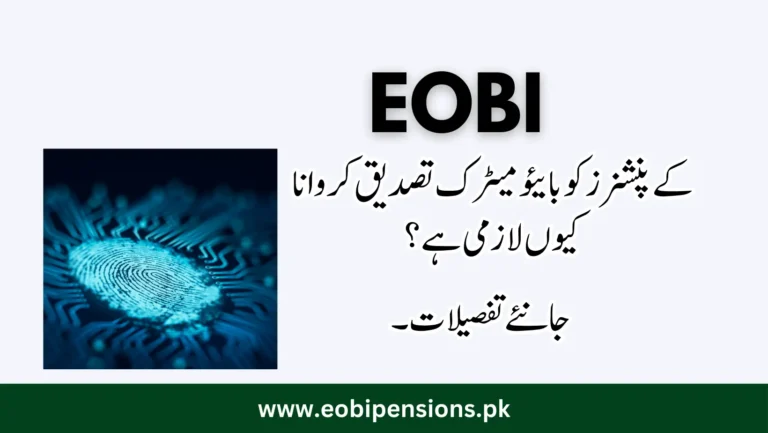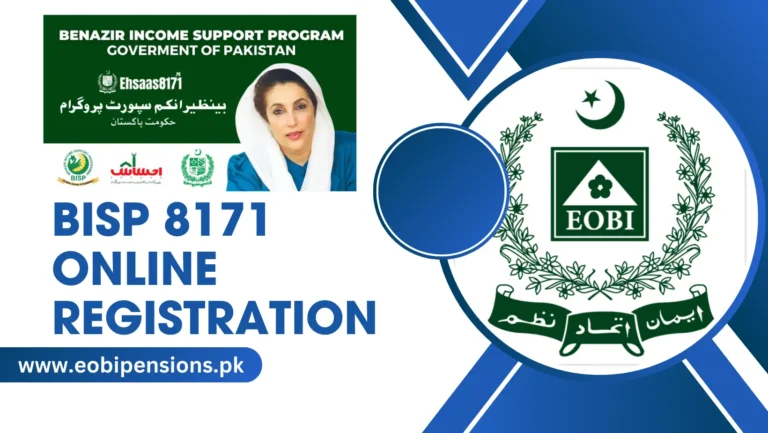Comparing EOBI Pension Funds and Provident Funds | Key Differences & Benefits

Planning for retirement is crucial for ensuring a secure and comfortable future. In Pakistan, two popular retirement savings options are the Employee Old Age Benefits Institution (EOBI) pension funds and provident funds. Both have distinct features and serve different needs. To make an informed decision, it’s essential to understand the differences between EOBI pension funds vs provident funds. Let’s explore these two financial plans in detail.
Employee Old Age Benefits Institution (EOBI)
1. Mandatory Contributions
EOBI is a mandatory social security program for organizations with more than five employees. Both employers and employees contribute to this fund. Employers pay 5% of the contribution, while employees contribute 1%.
2. Purpose and Benefits
The EOBI pension fund aims to provide financial security to retired employees. The funds collected are used for various benefits, including education and marriage of the worker’s children, as well as support for widows after the worker’s death.
3. Investment and Returns
EOBI funds are typically invested in low-risk government securities. While this ensures safety, the returns are usually lower compared to other investment options.
Provident Funds
1. Voluntary Contributions
Provident funds are usually voluntary and depend on an employer’s policies. Both employers and employees contribute to these funds, with employers often providing a matching contribution, which can make this option more attractive.
2. Flexibility
Provident funds offer greater flexibility in terms of investment options, allowing for potentially higher returns. Employees can also make additional voluntary contributions, giving them more control over their retirement savings.
3. Withdrawal and Taxation
Participants in provident funds can withdraw a portion of their savings before retirement. However, the tax treatment of these withdrawals varies by region. In some cases, only a portion of the lump sum withdrawal is tax-free.

Key Differences Between EOBI Pension Funds and Provident Funds
- Mandatory vs. Voluntary: EOBI is mandatory for larger organizations, while provident funds are typically voluntary.
- Employer Contribution: EOBI requires a set contribution percentage, whereas provident funds often include a matching contribution from employers.
- Returns: Provident funds usually offer higher returns due to flexible investment options, while EOBI funds are invested in low-risk securities.
- Withdrawal Flexibility: Provident funds allow for partial withdrawals before retirement, whereas EOBI funds are more rigid in their disbursement.
- Tax Treatment: Both types of funds are subject to taxes, but the specifics can vary significantly.
Conclusion
Choosing between EOBI pension funds and provident funds depends on individual needs and organizational policies. Each plan offers unique benefits and has its specific requirements. Understanding these differences can help employees and employers make informed decisions about retirement planning.
If you have further questions or need assistance with your retirement planning, consider consulting a financial advisor who can provide personalized guidance based on your circumstances.


![PEC Portal Login/Sign Up [Step-By-Step Registration Guide] 4 PEC Portal Login](https://eobipensions.pk/wp-content/uploads/2024/06/PEC-Portal-Login2-768x433.webp)

![GAMCA Medical Status Check Online – [Wafid Fees/Appointment/Center] 6 GAMCA Medical Status Check Online](https://eobipensions.pk/wp-content/uploads/2024/07/GAMCA-Medical-Status-Check-Online-768x433.webp)

